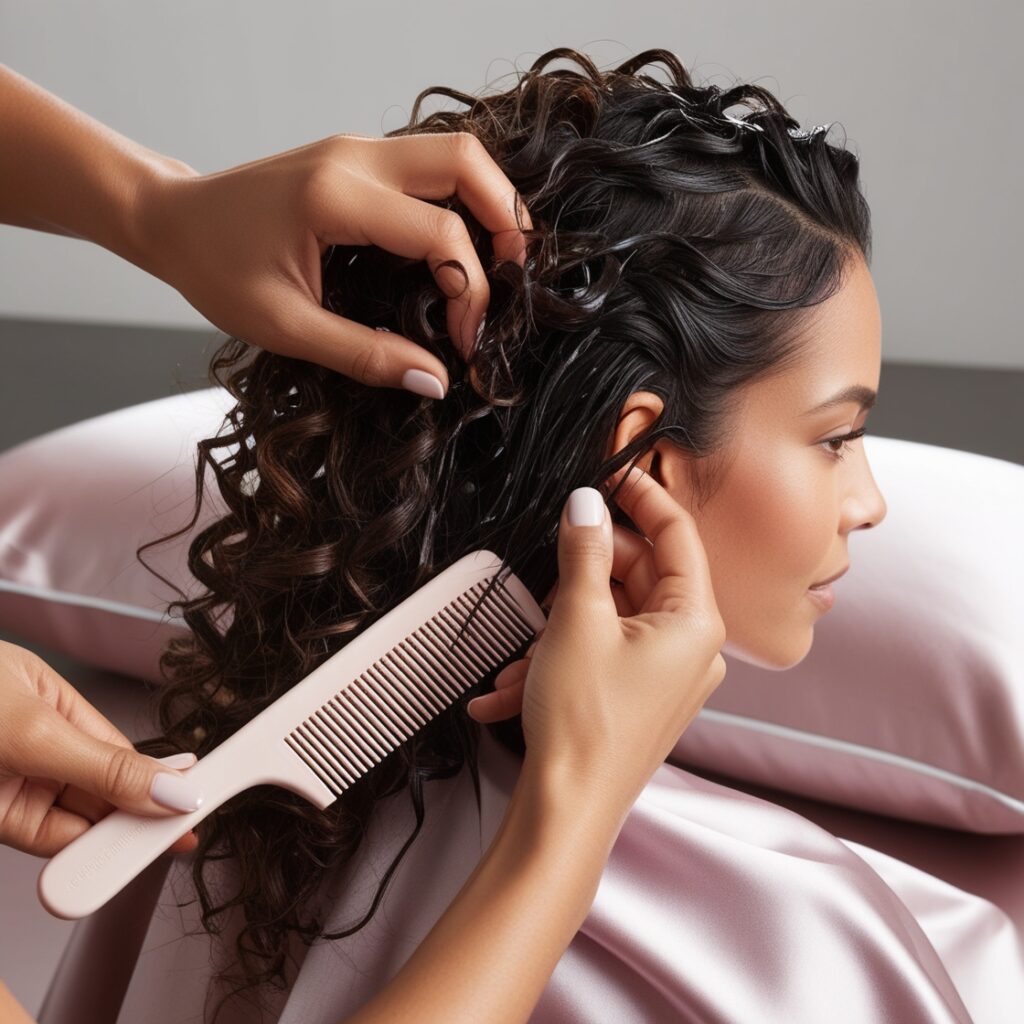- 121 King St. Melbourne VIC 3000, Australia
- (+256) 3254 2598
- example@Wellnez.com
Introduction
Healthy hair is more than just a style statement; it’s a reflection of your overall well-being. Whether you have curly, straight, wavy, or coily hair, taking care of your strands doesn’t have to be complicated. By adopting a few simple habits, you can achieve stronger, shinier, and more resilient hair. Let’s dive into the ten essential tips for maintaining healthy hair, no matter your hair type!

1. Maintain a Balanced Diet
Beautiful hair starts from within. Eating a nutrient-rich diet ensures your hair gets the building blocks it needs to stay strong and healthy.
2. Avoid Overwashing
While washing your hair is essential, overwashing can strip natural oils, leaving your hair dry and prone to breakage.
3. Use the Right Products for Your Hair Type
Not all products are created equal, and what works for one hair type might not work for another.

4. Protect Your Hair from Heat
Excessive heat styling can weaken your hair over time, causing split ends and breakage.
5. Trim Regularly to Prevent Split Ends
While trimming your hair won’t make it grow faster, it prevents split ends from traveling up the shaft, which can lead to breakage.
6. Be Gentle While Brushing
Rough brushing can lead to breakage, especially if your hair is wet.
7. Hydrate and Deep Condition Regularly
Your hair needs moisture to stay soft and manageable.
8. Protect Your Hair While Sleeping
Nighttime habits can significantly impact your hair health.
9. Limit Chemical Treatments
Frequent coloring, perming, or relaxing can weaken your hair over time.
10. Stay Consistent with Your Hair Care Routine
Healthy hair is a result of consistent effort. While it might take time to see results, sticking to a routine ensures long-term benefits.

Conclusion
Caring for your hair doesn’t have to be complicated. By incorporating these simple tips into your routine, you can achieve healthier, happier hair that looks and feels its best. Whether it’s choosing the right products, eating a balanced diet, or protecting your strands from damage, small changes can make a big difference.
Have a favorite hair care tip or product? Share it in the comments below—I’d love to hear what works for you!